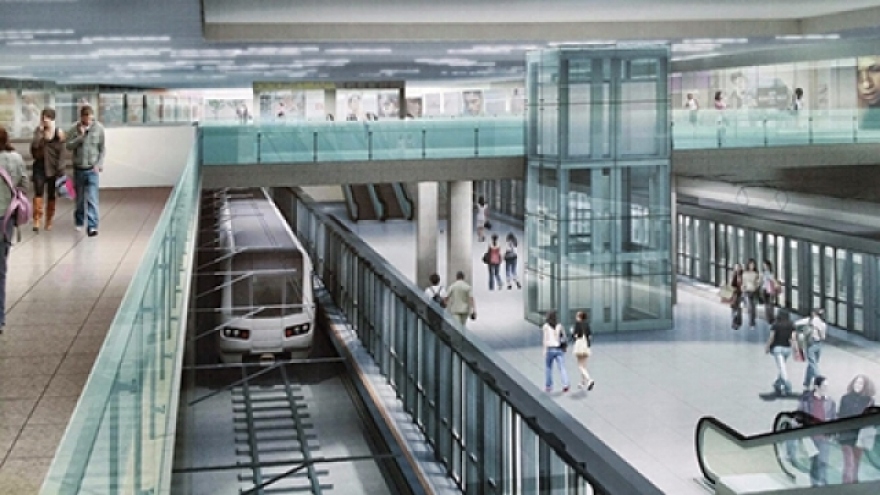Savills: HCMC's residential index up as Hanoi's eases
With substantial supply in the mid and high-end segments, the residential index for Ho Chi Minh City in August increased significantly against August 2016, according to the Savills Property Price Index (SPPI) report.
 |
The index reached 93 points in the second quarter, an increase of 1 point quarter-on-quarter and unchanged year-on-year. Sales of approximately 11,700 units were up 36% quarter-on-quarter and 68% year-on-year, for a five-year high.
Grade C continued to perform well, with 62% of total transactions. Grade B sales were over 4,200, a significant 35% quarter-on-quarter and 24% year-on-year increase.
The office index in the second quarter was 89 points, up 2 points quarter-on-quarter and 7 points year-on-year. Improvements were a result of 4% quarter-on-quarter and 5% year-on-year rent increases.
Total office take-up was 25,500 sq m, up 477% quarter-on-quarter and 79% year-on-year. Grade A had the highest quarterly take up for two years, of over 19,000 sq m.
Meanwhile, in Hanoi, the residential index was 106.1 points in the second quarter, down 1 point quarter-on-quarter and 2 points year-on-year.
The average selling price was US$1,209 per sq m. Increasing secondary supply is causing segment prices to ease a little. Grade A primary prices also decreased with new projects offering under-average prices.
In the second half of this year, approximately 23,500 units from 45 projects will come online. Affordable residential projects with well-rounded facilities are forecast to attract the most buyer interest.
The office index moved up to 65.2 points, gaining 2.2 points against the first quarter and 5.8 points year-on-year, mainly due to 3.7-point quarter-on-quarter and 7.4-point year-on-year occupancy increases.
In particular, the non-CBD index steady upward trend continued, rising 2.2 points quarter-on-quarter and 7.6 points year-on-year as occupancy increased 3.7 points quarter-on-quarter and 8.6 points year-on-year.
No new CDB supply over the next two years will likely ease pressure and see average rents increase. The surge of new supply in non-CBD areas is providing occupiers with more choice and pressuring developers to adjust asking rents to more competitive levels.

